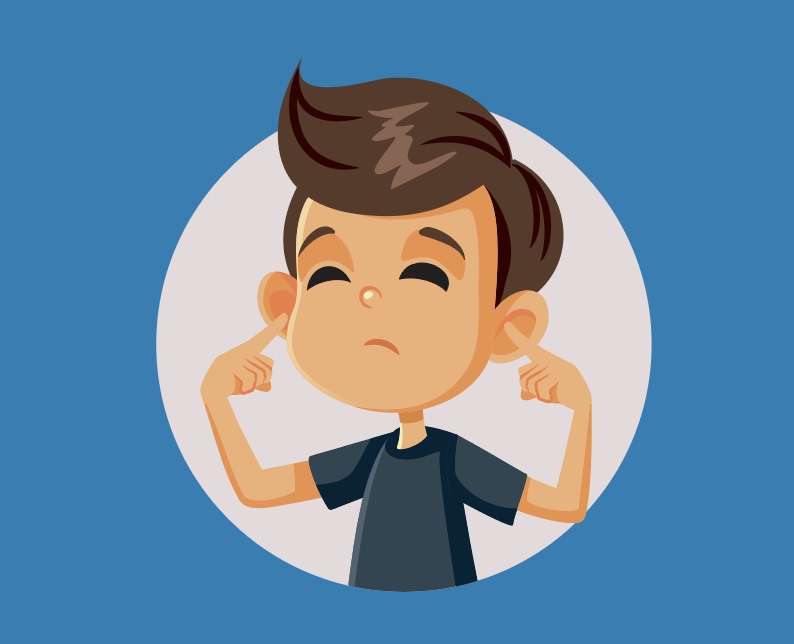By Anahit Grigoryan, OTR/L
Sensory overload is what happens when you get more input from all of your senses than your brain can process. It is overstimulation that does not feel manageable. When a child experiences sensory overload, they may become very irritable, have difficulty focusing, feel restlessness and discomfort, become overly excited, show stress, fear, and cry. Sensory overload can also lead to tantrums and meltdowns. It can cause them to enter a state of “fight or flight.”
What are some possible causes of sensory overload?
- Loud or sudden noises or music
- Intense smells
- Unwanted physical touch (e.g., hugs, kisses, light touch, firm touch)
- Tactile triggers (e.g., scratchy tags, fabrics, too tight or too loose clothing)
- Crowded spaces
- Flashing or bright lights
- Too many people
Sensory overload can be caused by one or a combination of these things at once.
What are some strategies for managing sensory overload in children?
- Looking for signs of distress before a “meltdown”
- Going to a quiet space
- Dimming the lights in a room
- Deep pressure squeezes (with the child’s permission)
- Using body sock or lycra to wrap the child in
- Removing the stimuli causing sensory overload
- Deep breathing
- Counting to ten
- Use of sensory toys (e.g., squishy toys, fidget toys, stuffed animals, etc.)
- Go outside to play
These strategies can be paired together based on each individual child and in correspondence with their specific sensory challenges.
Case Study
Amilia is a 2-year-old girl who loves to play both indoors and outdoors. She is energetic and enjoys swinging, climbing, and playing with sand. Her mom reported that Amilia becomes very upset when she hears loud sounds. She covers her ears, and often times bursts into tears. Her mom is concerned about the frequency of the meltdowns and reports that it is very difficult to help Amilia with self-regulation during these times.
First, during the occupational therapy sessions, there was a discussion what kinds of sounds seemed to bother Amilia the most, and whether certain sounds were more of a trigger compared to others. After identifying that the loud noises that upset Amilia were mostly sirens, loud cars, and sudden noises coming from outside, then there was a discussion regarding the different strategies that can be utilized to promote self-regulation.
Some of the strategies suggested include:
- Creating a quiet corner using blankets, Amilia’s favorite stuffed animals, a sensory bin with kinetic sand and squishy toys, and a yoga ball to roll on
- Using a toy police car and firetruck to make the sounds of the sirens in a controlled way in order to familiarize Amelia with the sounds
- Deep pressure squeezes and hugs from her mom
These strategies were used alone and paired together depending on the situation. After implementing these strategies Amelia’s meltdowns decreased in both frequency and duration because she has learned what to do after hearing the loud sirens to help with sensory processing and calming herself.
Sensory overload can happen to anyone. The best way to combat this is figuring out the different triggers and learning strategies that can calm the nervous system and help with sensory processing.
If you feel that your child is struggling with sensory processing, call us today to schedule a free consultation with one of our occupational therapists!




